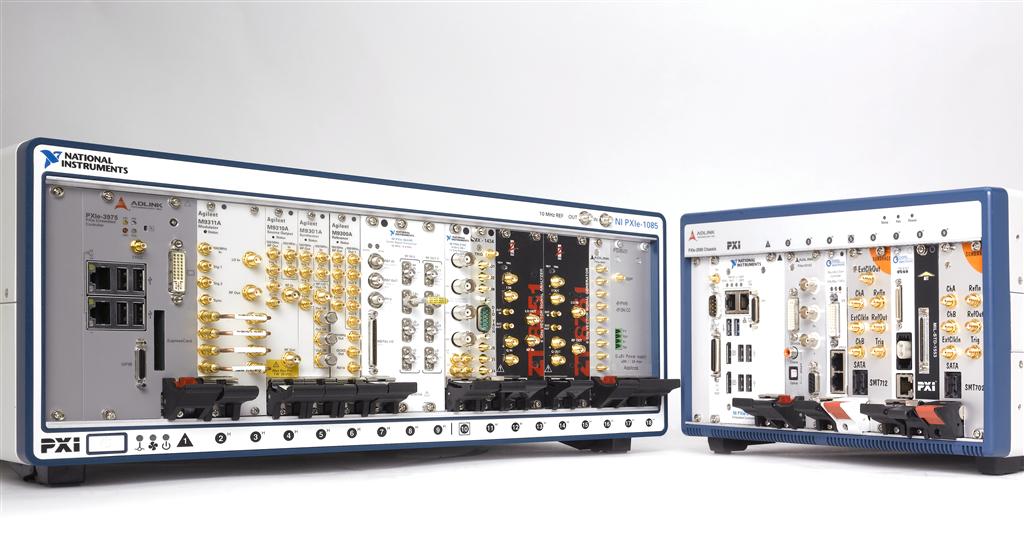Description
The National Instruments DB25F-DB25F D-SUB Low Leakage Cable is a specialized connectivity solution designed with 25-pin female D-SUB connectors on both ends, suitable for a variety of National Instruments equipment, including the PXIe-4140 through PXIe-4145 series and compatible with the screw terminal accessory (part number 781974-01).
This cable boasts part numbers 782015-01 and 782015-02, indicating its availability in lengths of 1 meter and 2 meters respectively, providing flexibility for different setup configurations. Although the cable is shielded, it does not feature twisted pairing, which means it does not inherently cancel electromagnetic interference, a consideration for environments with high electrical noise.
| Property | Description |
|---|---|
| Manufacturer | National Instruments |
| Product Name | DB25F-DB25F D-SUB Low Leakage Cable |
| Part Numbers | 782015-01 (1 m), 782015-02 (2 m) |
| Connector Type | 25-Pin Female D-SUB (Both ends) |
| Compatibility | PXIe-4140, PXIe-4141, PXIe-4142, PXIe-4143, PXIe-4144, PXIe-4145, Screw Terminal Accessory (781974-01) |
| Shielding | Yes (No twisted pairing) |
| Cable Length Options | 1 meter (782015-01), 2 meters (782015-02) |
| Electromagnetic Interference | Not canceled by twisted pairing |
Q1: What should be considered when using the National Instruments DB25F-DB25F D-SUB Low Leakage Cable in environments with high electrical noise, given that it lacks twisted pairing for cancelling electromagnetic interference?
A1: When using the National Instruments DB25F-DB25F D-SUB Low Leakage Cable in environments with high electrical noise, it is important to consider adding additional shielding or using other methods to mitigate electromagnetic interference, since the cable does not have twisted pairs to inherently cancel out such disturbances.
Q2: What considerations should be taken into account when using the National Instruments DB25F-DB25F D-SUB Low Leakage Cable in environments with high electrical noise, given that it lacks twisted pairing for cancelling electromagnetic interference?
A2: When using the National Instruments DB25F-DB25F D-SUB Low Leakage Cable in environments with high electrical noise, one should consider implementing additional shielding or isolation techniques to mitigate the potential for electromagnetic interference due to the absence of twisted pair wiring.
Q3: What is the purpose of the National Instruments DB25F-DB25F D-SUB Low Leakage Cable and how does its lack of twisted pairing affect its performance in environments with high electrical noise?
A3: The lack of twisted pairing in the National Instruments DB25F-DB25F D-SUB Low Leakage Cable means it is less effective at canceling electromagnetic interference, which could potentially compromise its performance in environments with high electrical noise.
Q4: What are the specific applications of the National Instruments DB25F-DB25F D-SUB Low Leakage Cable, and how does its lack of twisted pairing affect its use in environments with high electrical noise?
A4: The National Instruments DB25F-DB25F D-SUB Low Leakage Cable is specifically designed for connecting a range of National Instruments equipment, such as the PXIe-4140 through PXIe-4145 series, but its lack of twisted pairing means it may be more susceptible to electromagnetic interference, which could affect its performance in environments with high electrical noise, potentially requiring additional shielding or noise mitigation strategies.
Q5: How does the lack of twisted pairing in the National Instruments DB25F-DB25F D-SUB Low Leakage Cable affect its performance in environments with high electrical noise?
A5: The National Instruments DB25F-DB25F D-SUB Low Leakage Cable is designed to connect various National Instruments equipment, such as the PXIe-4140 through PXIe-4145 series, but due to the absence of twisted pairing, it is less effective at canceling electromagnetic interference, which could impact its performance negatively in environments with high electrical noise.


